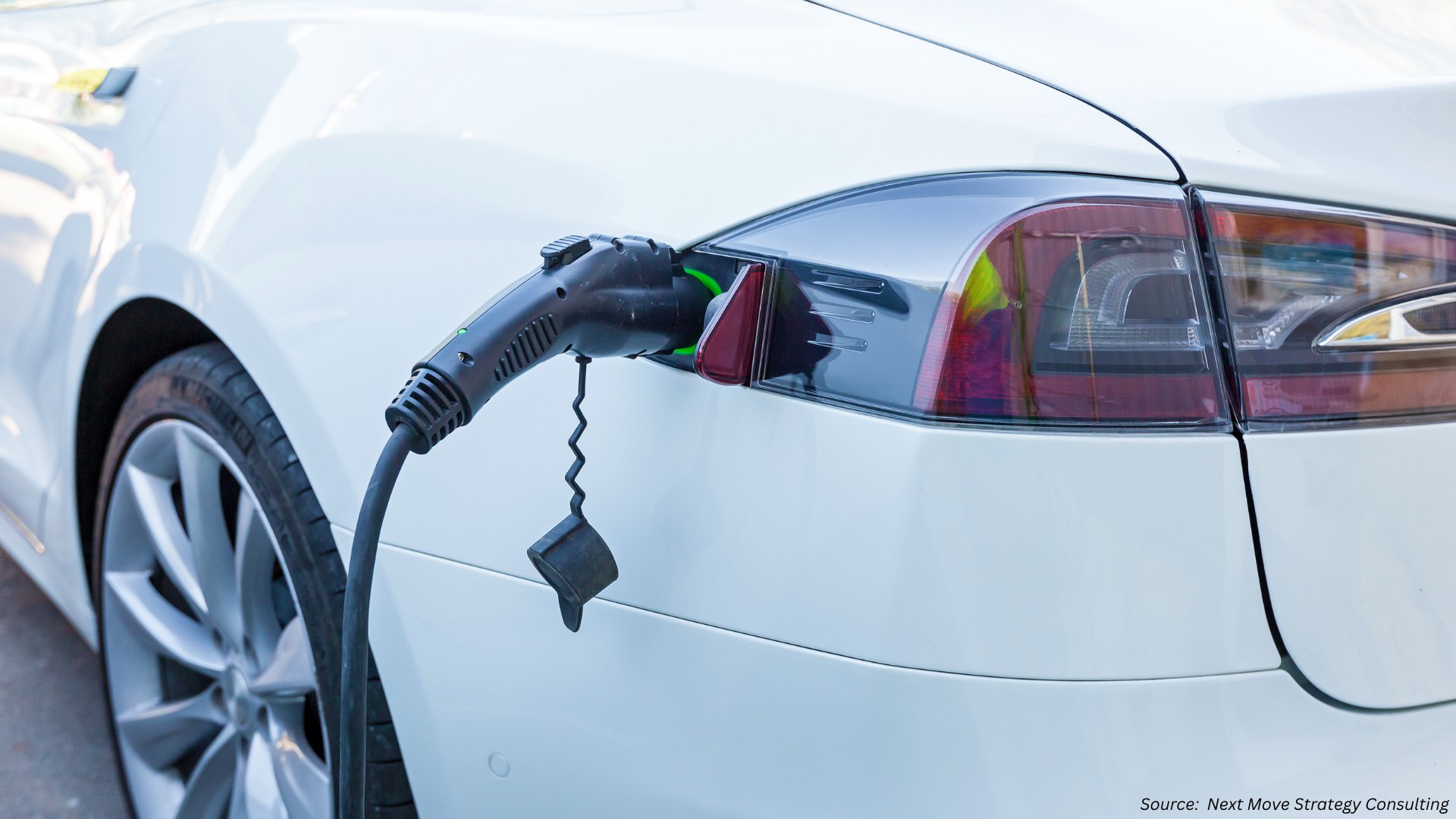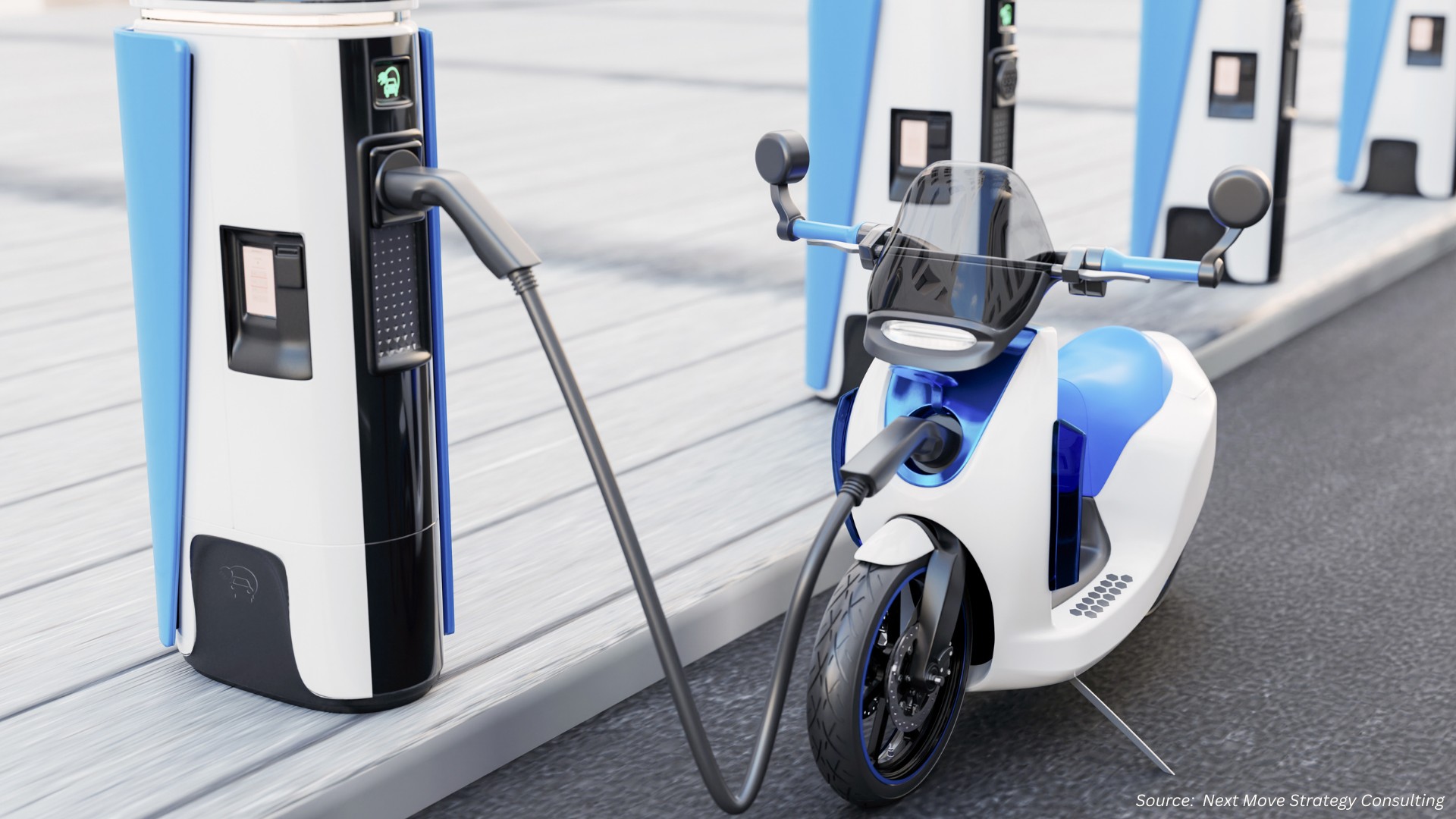
Asia-Pacific ATV and UTV Market by Vehicle Type (All-Terrain Vehicles, and Others), by Propulsion Type (Internal-Combustion Engine, and Electrified), by Power Output (Low (<400 cc or <20 kW), and Others), by Drivetrain (2-Wheel Drive, 4-Wheel Drive), by Autonomy Level (Conventional, and Others), by Primary Application (Recreation & Tourism, and others), by End-User Segment (Individual Consumers, and Others), and Others– Opportunity Analysis and Industry Forecast, 2024–2030.
Industry: Automotive & Transportation | Publish Date: 18-Oct-2025 | No of Pages: 146 | No. of Tables: 209 | No. of Figures: 154 | Format: PDF | Report Code : AT783
Market Definition
Asia-Pacific ATV and UTV Market was valued at USD 4.61 billion in 2023 and is predicted to reach USD 8.09 billion by 2030, with a CAGR of 7.6% from 2024 to 2030.
All-Terrain Vehicle (ATV) is a motorized off-road vehicle designed for recreational and utility purposes. Its compact size, low-pressure tires, and handlebar steering characterize it. ATVs are designed to traverse various terrains, including dirt trails, mud, sand, and rocky surfaces. They have powerful engines and rugged suspension systems to provide excellent traction, maneuverability, and stability in challenging environments.
ATVs usually have a four-wheel drive system, allowing them to simultaneously deliver power to all wheels for enhanced off-road performance. ATVs are primarily used for recreational activities such as off-roading and trail riding; they are also utilized in various industries for utility purposes such as agriculture, forestry, search and rescue operations, and maintenance of remote areas.
Utility Task Vehicle (UTV) is a multipurpose off-road vehicle for work and recreation. UTVs are larger and more robust than traditional ATVs as they feature a cabin-like structure with side-by-side seating for two or more occupants, offering increased passenger capacity and cargo-carrying capabilities.
UTVs are renowned for their versatility and ruggedness. They have sturdy frames, powerful engines, and advanced suspension systems to handle demanding terrains and heavy loads. Some renowned brands that offer these kinds of UTVs in the market include Polaris Inc, Yamaha, Kawasaki, Arctic Cat, John Deere, Honda, Textron Off-Road, and others.
These vehicles are widely used in various industries and sectors, including agriculture, construction, landscaping, recreation, and public services. Their utility features include the ability to haul and tow heavy loads with ample cargo space for transporting equipment and materials.
Thus, both ATVs and UTVs are popular off-road vehicles with distinct characteristics. ATVs excel in agility, speed, and maneuverability for single riders, while UTVs prioritize passenger capacity, cargo versatility, and comfort for multi-passenger & utility applications.
Electric ATVs/UTVs and Military Demand Fuel Market Transformation
The Asia-Pacific ATV and UTV market is undergoing a notable shift, driven by two major forces: the emergence of electric-powered models and increasing demand from the defense sector. As environmental concerns rise, electric ATVs and UTVs are becoming an attractive alternative to traditional fuel-based vehicles. With zero tailpipe emissions and quieter operations, they align with regional efforts to reduce carbon footprints and support cleaner mobility solutions. This transition is creating new growth opportunities, especially in regions promoting sustainable transportation and eco-friendly recreational activities.
Meanwhile, rising investment in military mobility is pushing the adoption of these vehicles for operations in difficult and remote terrains. ATVs and UTVs are being utilized for reconnaissance, transport, and tactical support, offering flexibility and speed in varied environments. Their growing role in defense operations is contributing significantly to market expansion and innovation.
Rising Military, Defense, and Security Investments Driving Specialized Adoption
Asia-Pacific’s defense sector is becoming a critical growth engine for the ATV and UTV market. With rising geopolitical tensions and growing military budgets, countries such as India, China, South Korea, and Australia are increasingly deploying these vehicles in defense, paramilitary, and border security operations. Their compact design, maneuverability, and ability to traverse extreme terrains make them ideal for reconnaissance missions, tactical mobility, supply transport, and rapid response in hostile or remote regions.
In addition to conventional defense use, governments are also recognizing their value for humanitarian aid, search and rescue missions, and disaster relief operations—particularly in regions prone to natural calamities such as floods, earthquakes, or landslides. This dual role in both security and emergency applications is accelerating innovation in ruggedized, armored, and hybrid electric ATV/UTV models, positioning the defense sector as a powerful catalyst for market transformation in Asia-Pacific.
Limited Infrastructure & Steep Maintenance Burdens Stifle Consumer Adoption
One significant constraint hampering the Asia-Pacific ATV and UTV market is the scarcity of dedicated infrastructure (such as trail networks or government-sanctioned off-road zones) combined with high ownership and upkeep costs.
In many regional markets—particularly in India, China, the Philippines, and Vietnam—there are only a handful of legally established off-road facilities or adventure parks. This lack of organized infrastructure limits safe recreational use and discourages adoption among potential buyers.
Furthermore, maintenance expenses are disproportionately high due to limited availability of spare parts, specialized servicing, and skilled technicians. Often, users must import components or travel long distances for repair, inflating the total cost of ownership. Electric models face additional expense pressures from battery replacements, while combustion models burden users with fuel and servicing costs.
Emergence of Electric & Hybrid Models Accelerating Sustainable Growth
The transition toward electrification is poised to create one of the most significant opportunities in the Asia-Pacific ATV and UTV market over the next decade. Governments across the region—including China, Japan, South Korea, and India—are strengthening policies that encourage cleaner mobility, providing incentives for electric vehicle adoption and investing in charging infrastructure. This is creating a fertile environment for the introduction of electric and hybrid ATVs/UTVs that align with national sustainability goals.
Electric and hybrid models offer distinct advantages, including zero tailpipe emissions, lower operational costs, and quieter performance, which make them particularly attractive for recreational tourism, eco-friendly adventure parks, and sensitive environments such as wildlife reserves. In addition, advancements in battery efficiency and fast-charging technologies are expected to overcome range limitations, enabling wider adoption for both commercial and defense applications.
As sustainability becomes a core purchasing factor, manufacturers who innovate in electrified off-road mobility stand to capture early market leadership and unlock new revenue streams across Asia-Pacific.
Competitive Landscape
The Asia-Pacific ATV and UTV industry includes several market players such Honda Motor Co., Ltd., Yamaha Motor Co., Ltd., Kawasaki Heavy Industries, Polaris Inc., BRP Inc. (Can-Am), CFMOTO (Zhejiang CFMOTO Power Co., Ltd.), Kubota Corporation, John Deere (Deere & Company), Suzuki Motor Corporation, Loncin Motor Co., Ltd. / Loncin Holdings, Hisun Motors (Hisun), Linhai Group (Jiangsu Linhai Power Machinery Group), KYMCO (Kwang Yang Motor Co., Ltd.), TGB Motor (Taiwan Golden Bee Co., Ltd.), Textron Specialized Vehicles Inc, and Others.
Key Benefits
-
The Asia-Pacific ATV and UTV market report provides a quantitative analysis of the current market and estimations through 2024-2030 that assists in identifying the prevailing market opportunities to capitalize on.
-
The study comprises a deep dive analysis of the market trend including the current and future trends for depicting the prevalent investment pockets in the market.
-
The information related to key drivers, restraints, and opportunities and their impact on the market is provided in the report.
-
The competitive analysis of the market players along with their market share in the Asia-Pacific ATV and UTV market.
-
The SWOT analysis and Porter’s Five Forces model are elaborated in the study.
-
Value chain analysis in the market study provides a clear picture of the stakeholders’ roles.
Asia-Pacific ATV and UTV Market Key Segments
By Vehicle Type
-
All-Terrain Vehicles (ATVs)
-
Utility Task Vehicles / Side-by-Sides (UTVs / SxS)
By Propulsion Type
-
Internal-Combustion Engine (ICE)
-
2-Stroke Gasoline
-
4-Stroke Gasoline
-
Diesel
-
-
Electrified
-
Battery Electric Vehicle (BEV)
-
Hybrid Electric Vehicle (HEV)
-
Fuel-Cell Electric Vehicle (FCEV)
-
By Power Output
-
Low (<400 cc or <20 kW)
-
Medium (400–800 cc or 20–40 kW)
-
High (>800 cc or >40 kW)
By Drivetrain
-
2-Wheel Drive
-
4-Wheel Drive
By Autonomy Level
-
Conventional
-
Semi-Autonomous
-
Fully Autonomous
By Primary Application
-
Recreation & Tourism
-
Agriculture & Forestry
-
Construction & Industrial
-
Government, Law-Enforcement & Defense
-
Turf & Grounds Management
By End-User Segment
-
Individual Consumers
-
Commercial Enterprises
-
Government Agencies
-
Rental Fleets & Tour Operators
By Price Tier
-
Economy (<$10K)
-
Mid-Range ($10K–$20K)
-
Premium (>$20K)
By Geography
-
Asia-Pacific
-
China
-
Japan
-
India
-
South Korea
-
Australia
-
Indonesia
-
Vietnam
-
Key Players
-
Honda Motor Co., Ltd.
-
Yamaha Motor Co., Ltd.
-
Kawasaki Heavy Industries
-
Polaris Inc.
-
BRP Inc. (Can-Am)
-
CFMOTO (Zhejiang CFMOTO Power Co., Ltd.)
-
Kubota Corporation
-
John Deere (Deere & Company)
-
Suzuki Motor Corporation
-
Loncin Motor Co., Ltd. / Loncin Holdings
-
Hisun Motors (Hisun)
-
Linhai Group (Jiangsu Linhai Power Machinery Group)
-
KYMCO (Kwang Yang Motor Co., Ltd.)
-
TGB Motor (Taiwan Golden Bee Co., Ltd.)
-
Textron Specialized Vehicles Inc.
Report Scope and Segmentation
|
Parameters |
Details |
|
Market Size in 2023 |
USD 4.61 Billion |
|
Revenue Forecast in 2030 |
USD 8.09 Billion |
|
Growth Rate |
CAGR of 7.6% from 2024 to 2030 |
|
Analysis Period |
2023–2030 |
|
Base Year Considered |
2023 |
|
Forecast Period |
2024–2030 |
|
Market Size Estimation |
Billion (USD) |
|
Growth Factors |
Electric ATVs/UTVs and Military Demand Fuel Market Transformation. Rising Military, Defense, and Security Investments Driving Specialized Adoption. |
|
Countries Covered |
7 |
|
Companies Profiled |
15 |
|
Market Share |
Available for 10 companies |
|
Customization Scope |
Free customization (equivalent up to 80 working hours of analysts) after purchase. Addition or alteration to country, regional, and segment scope. |
|
Pricing and Purchase Options |
Avail customized purchase options to meet your exact research needs. |

















 Speak to Our Analyst
Speak to Our Analyst

























